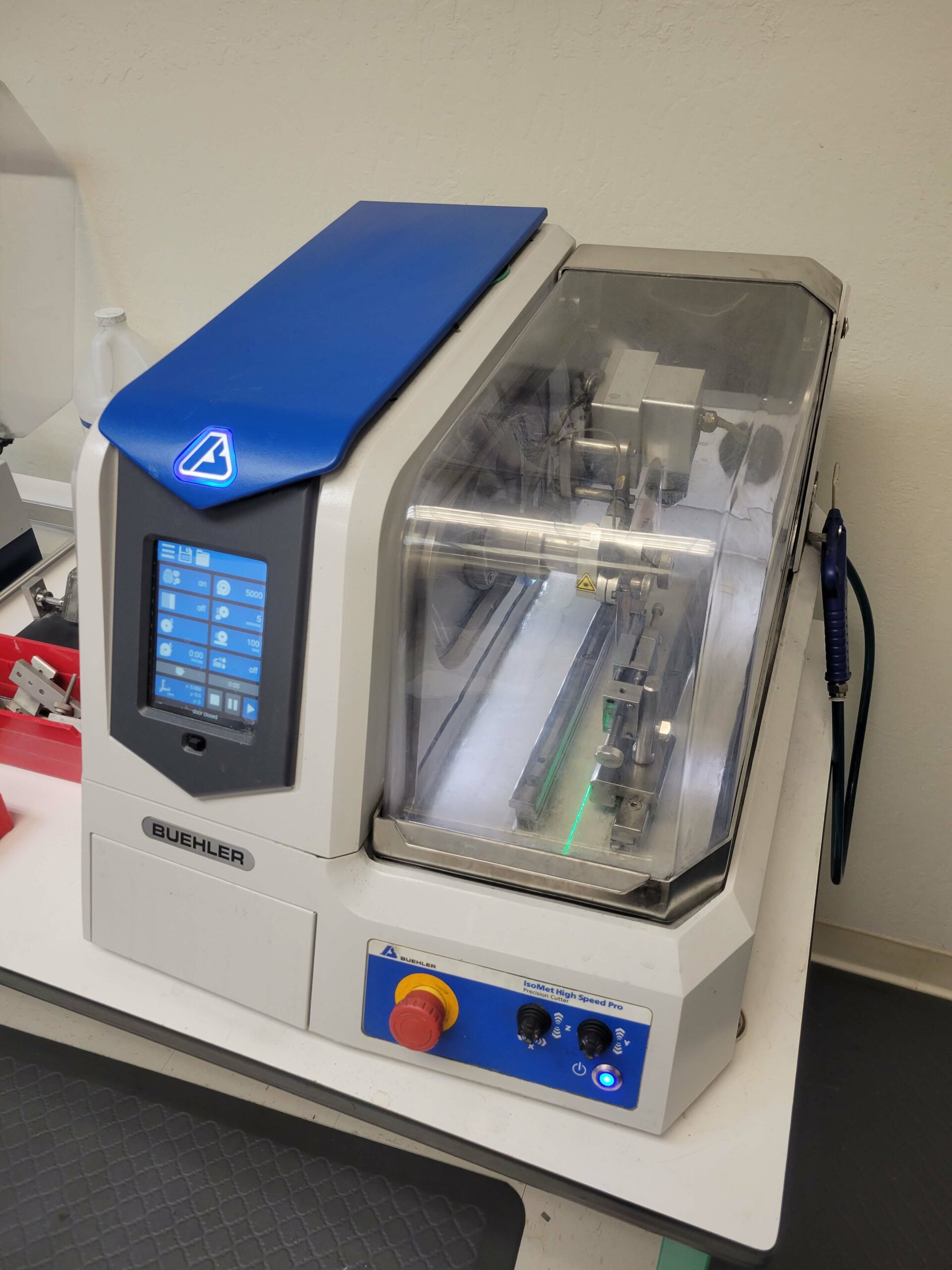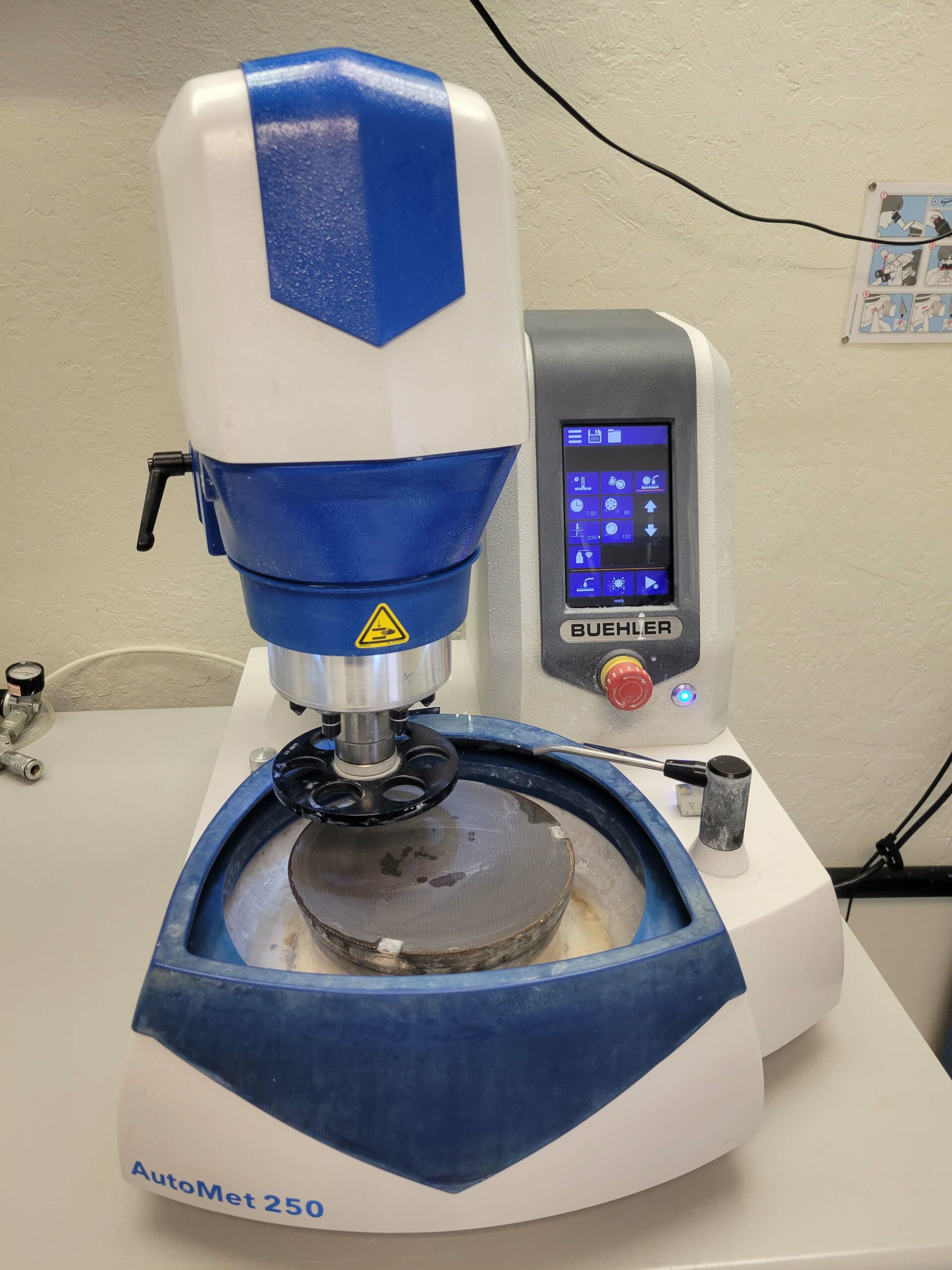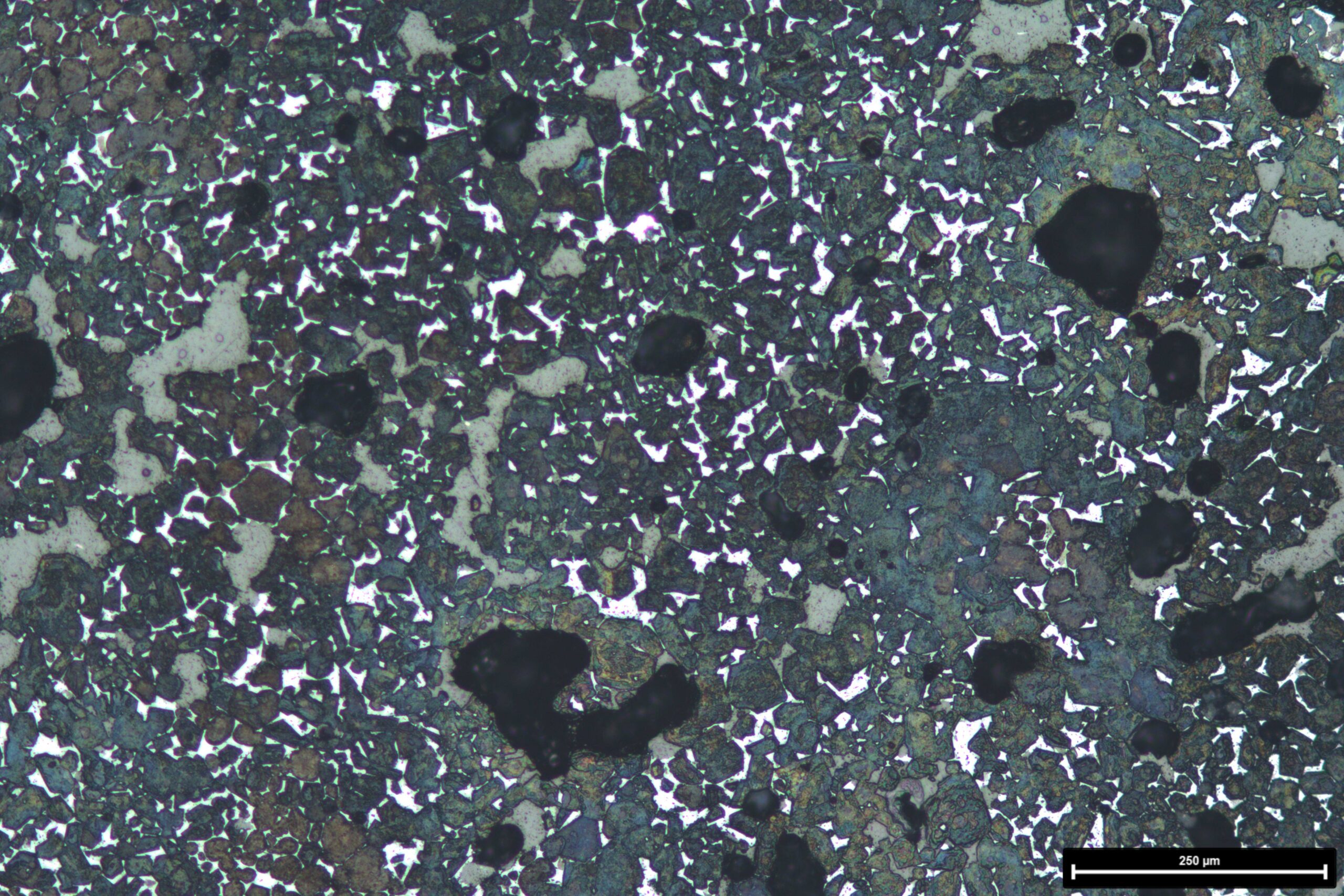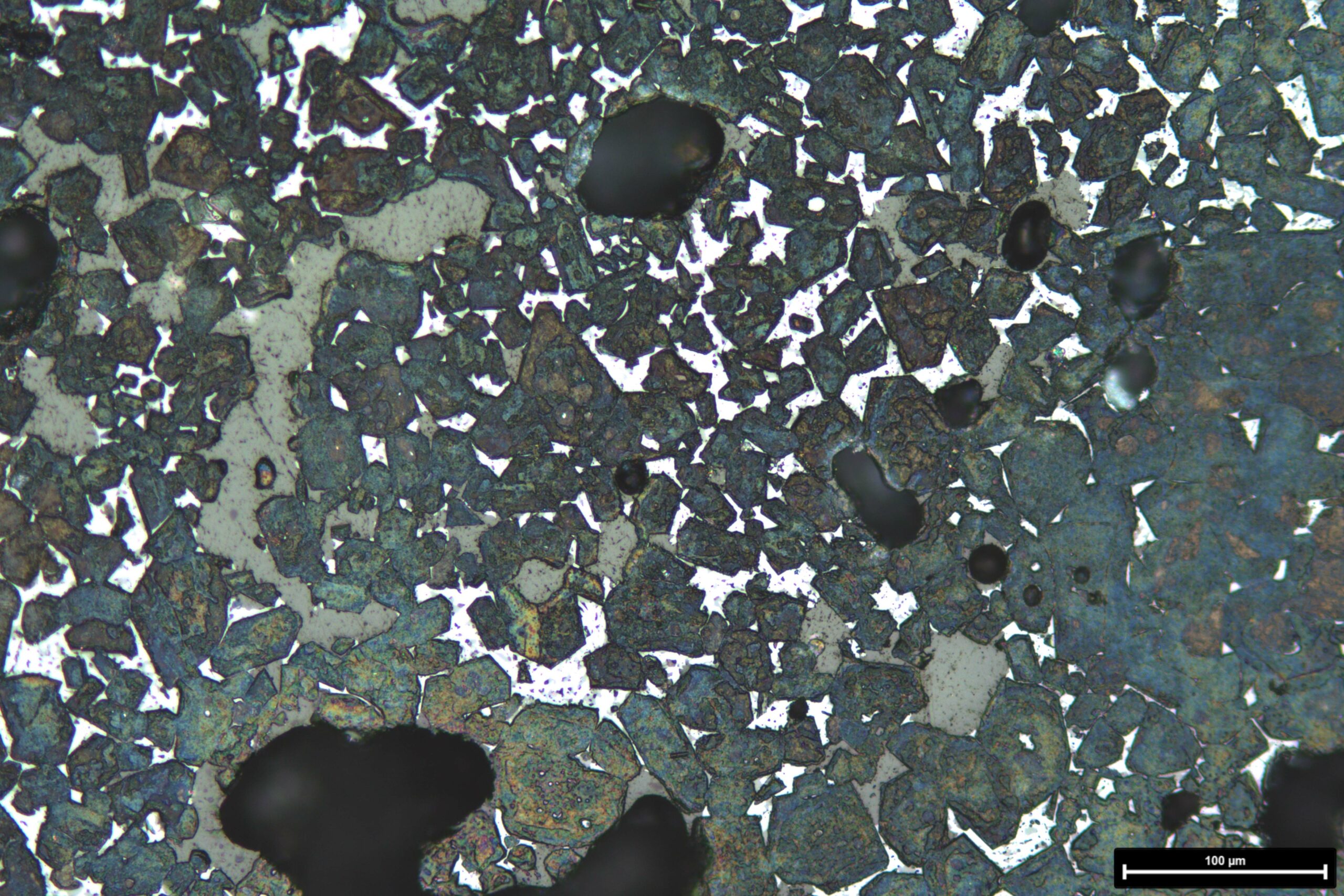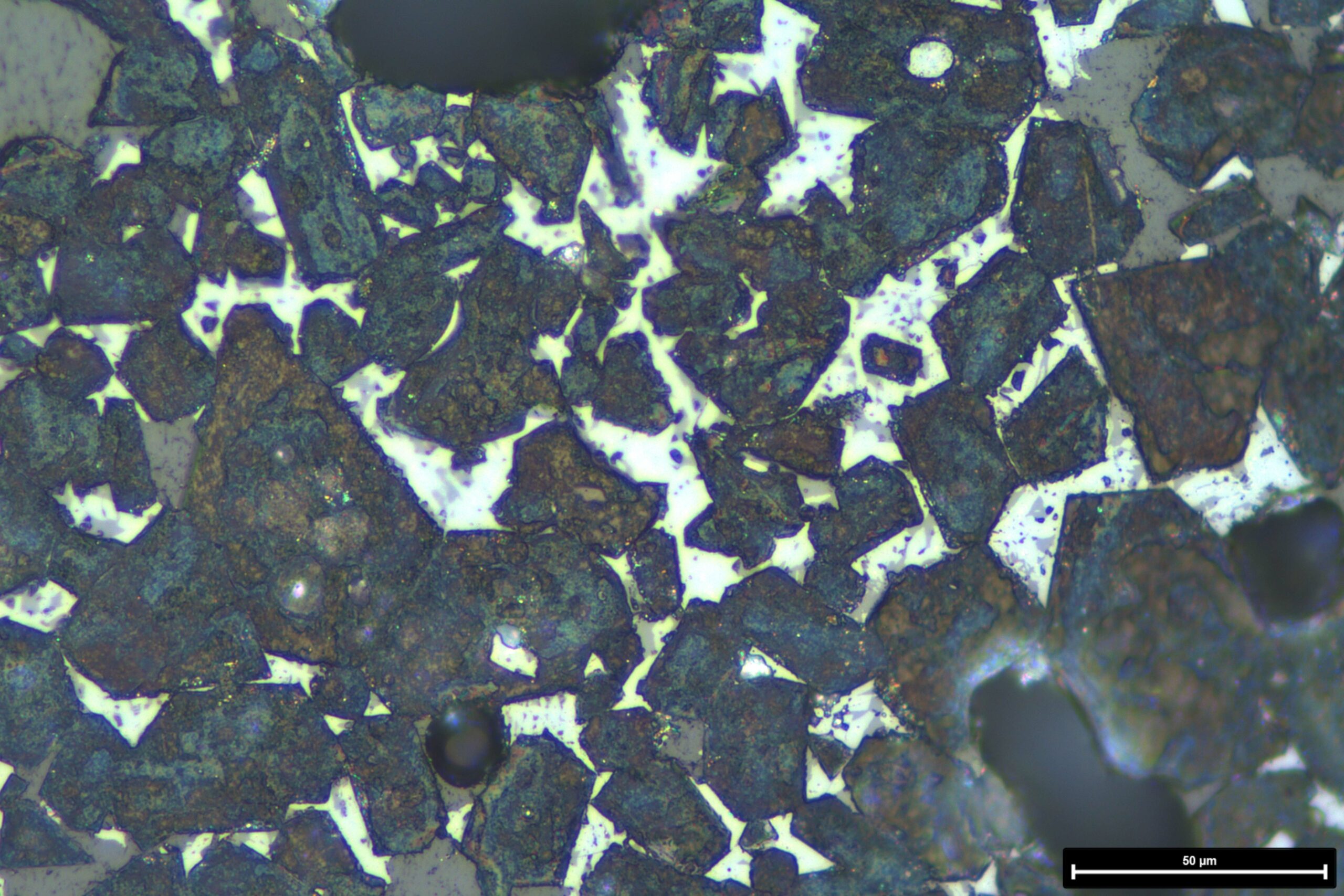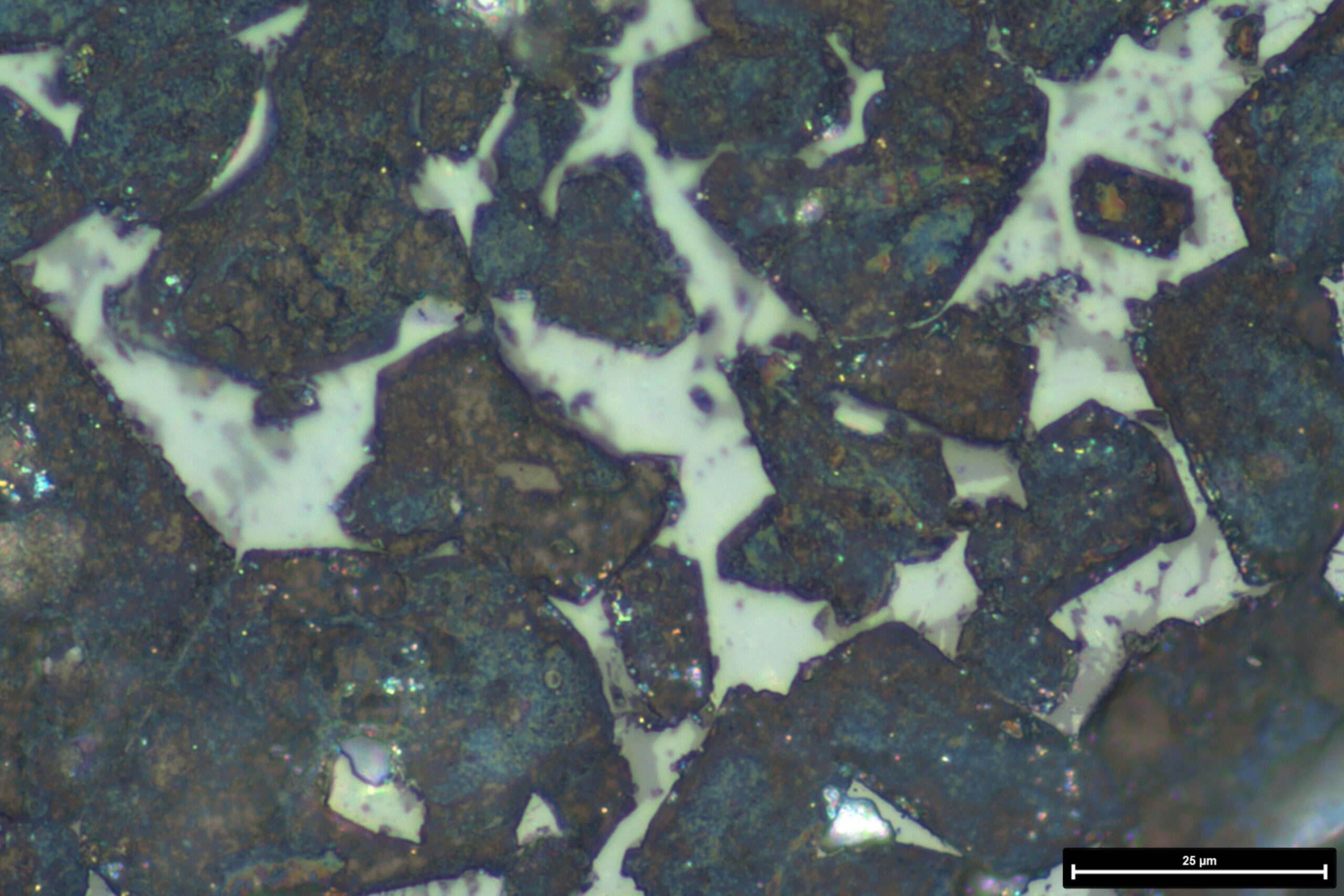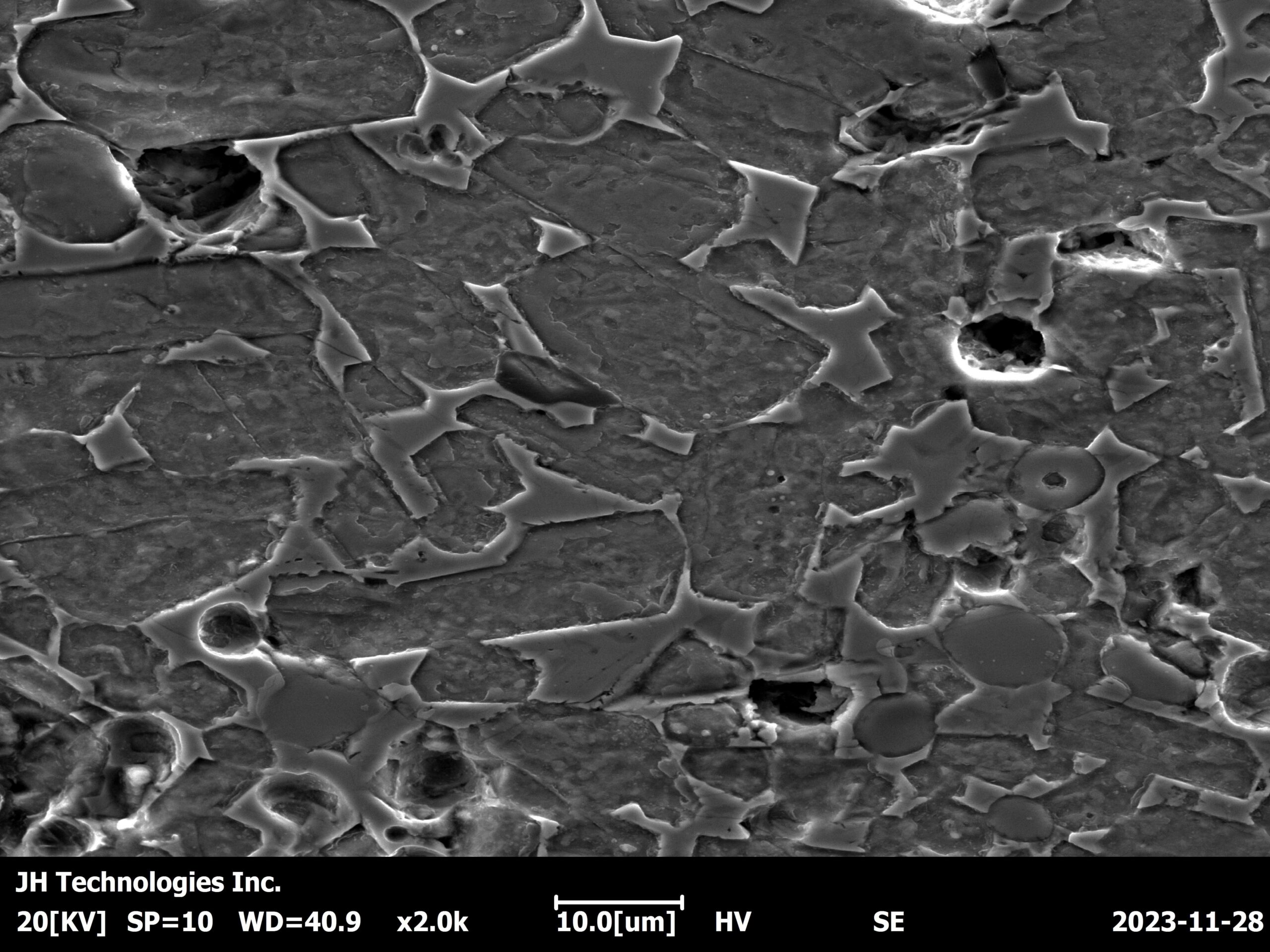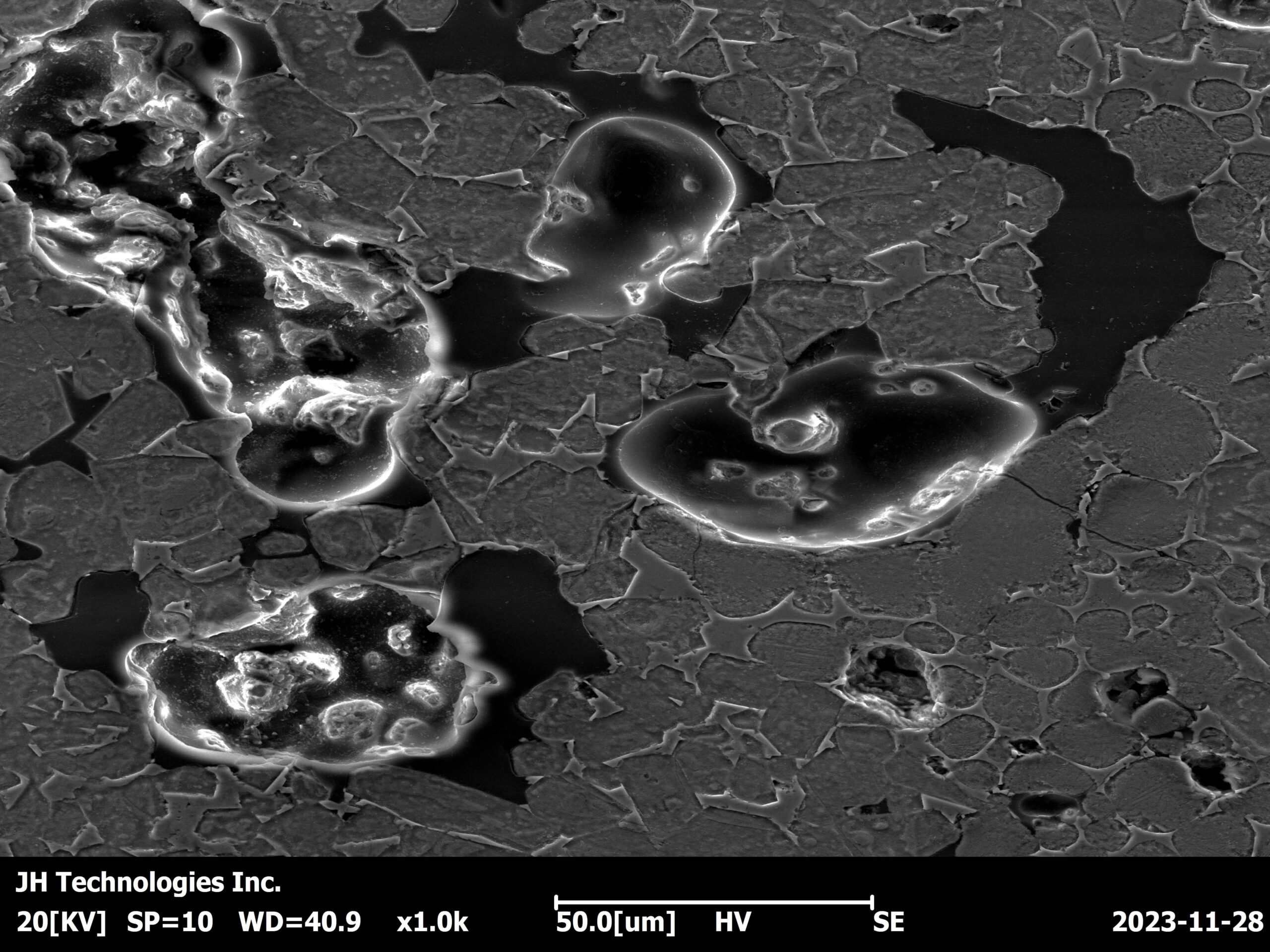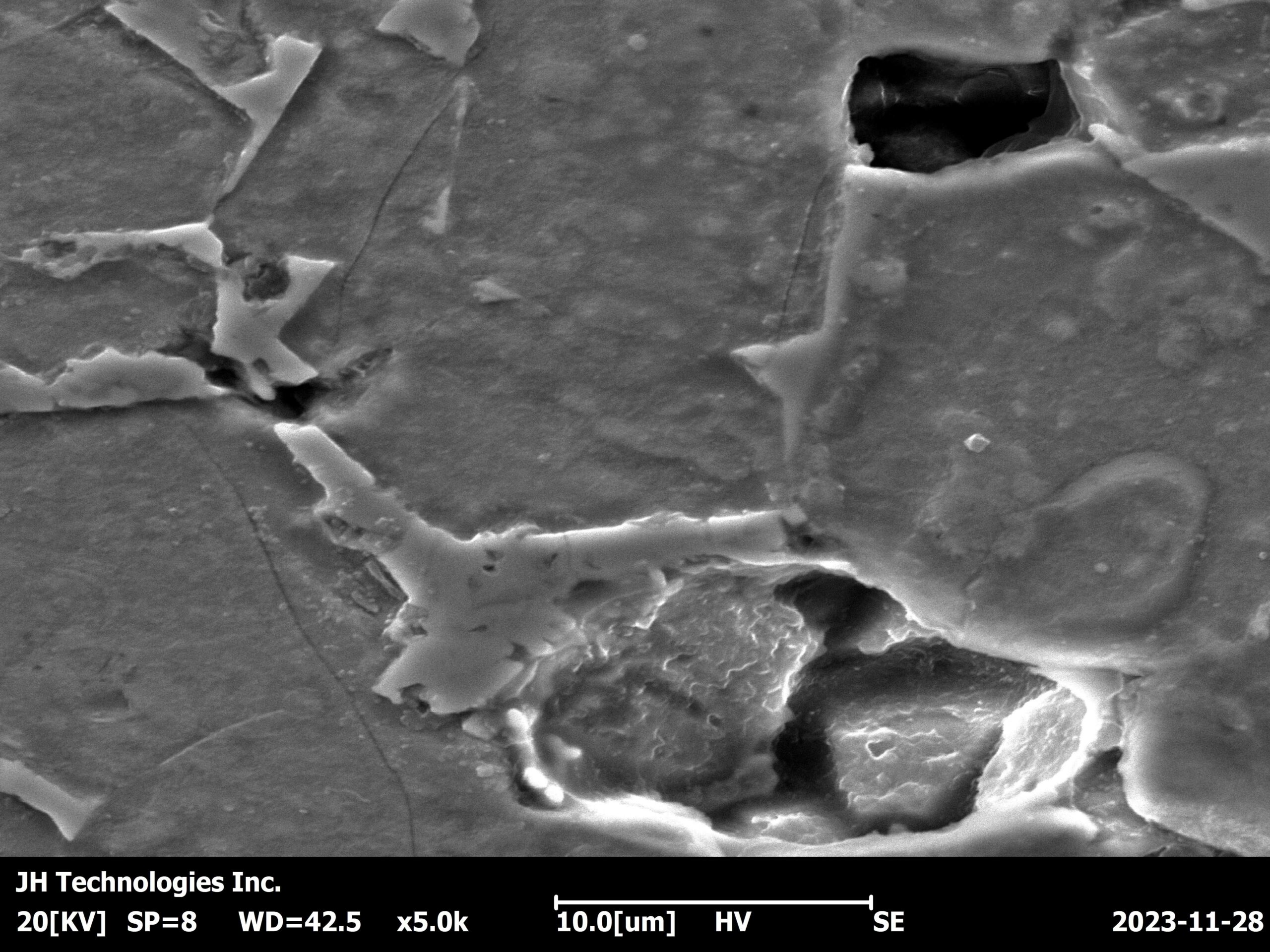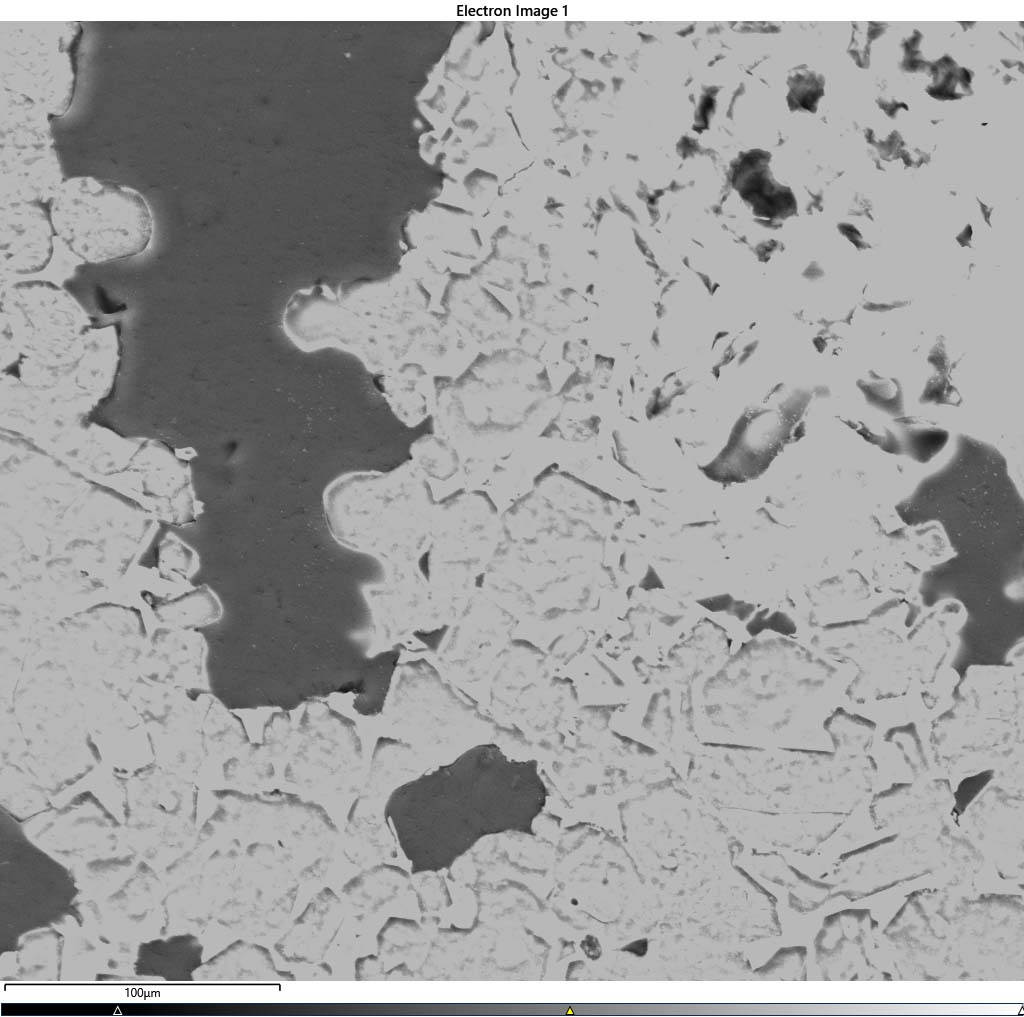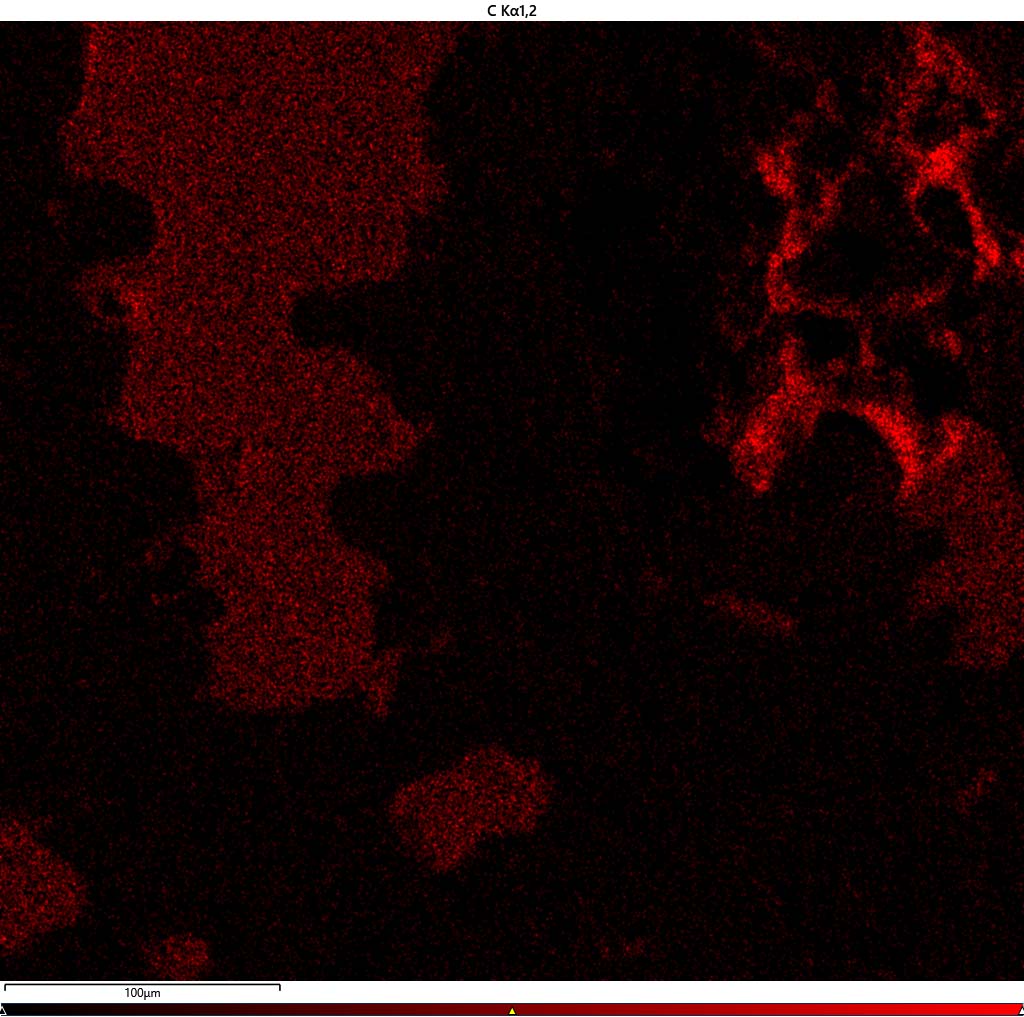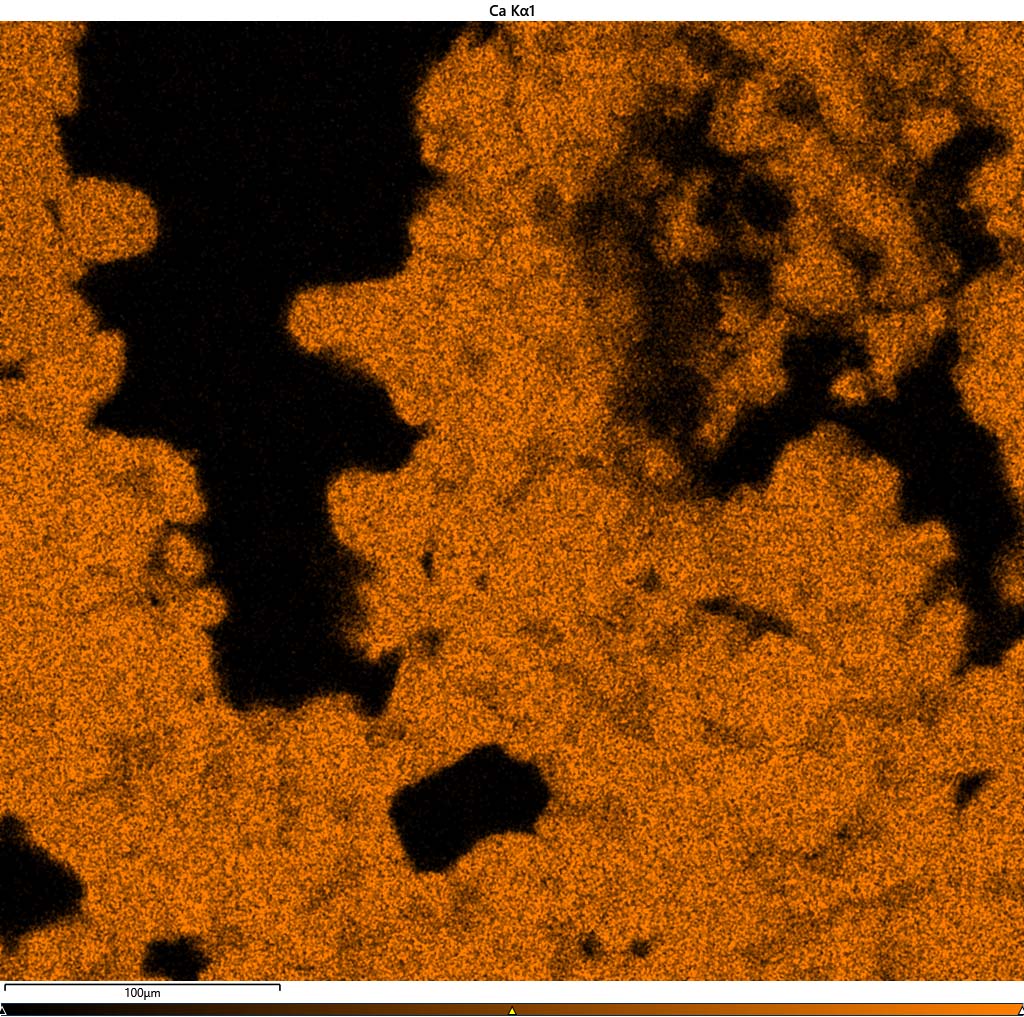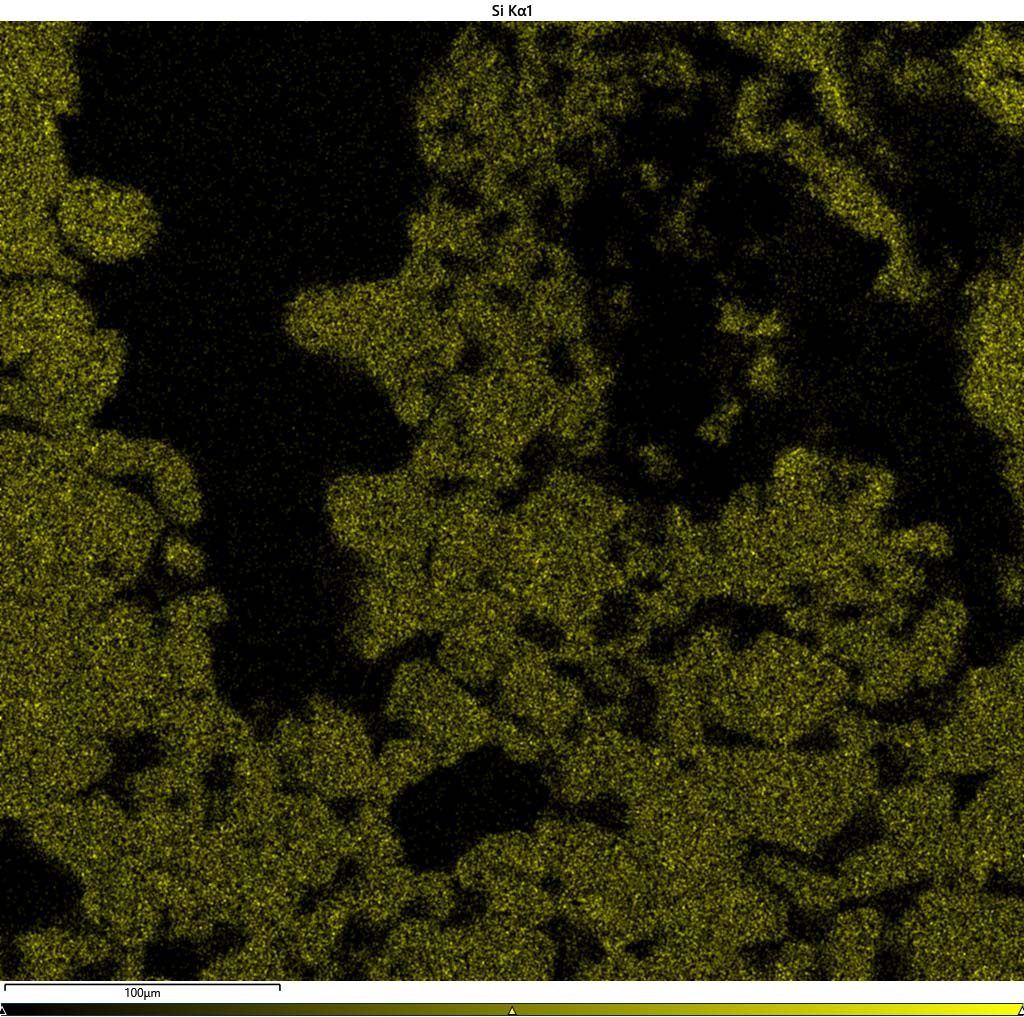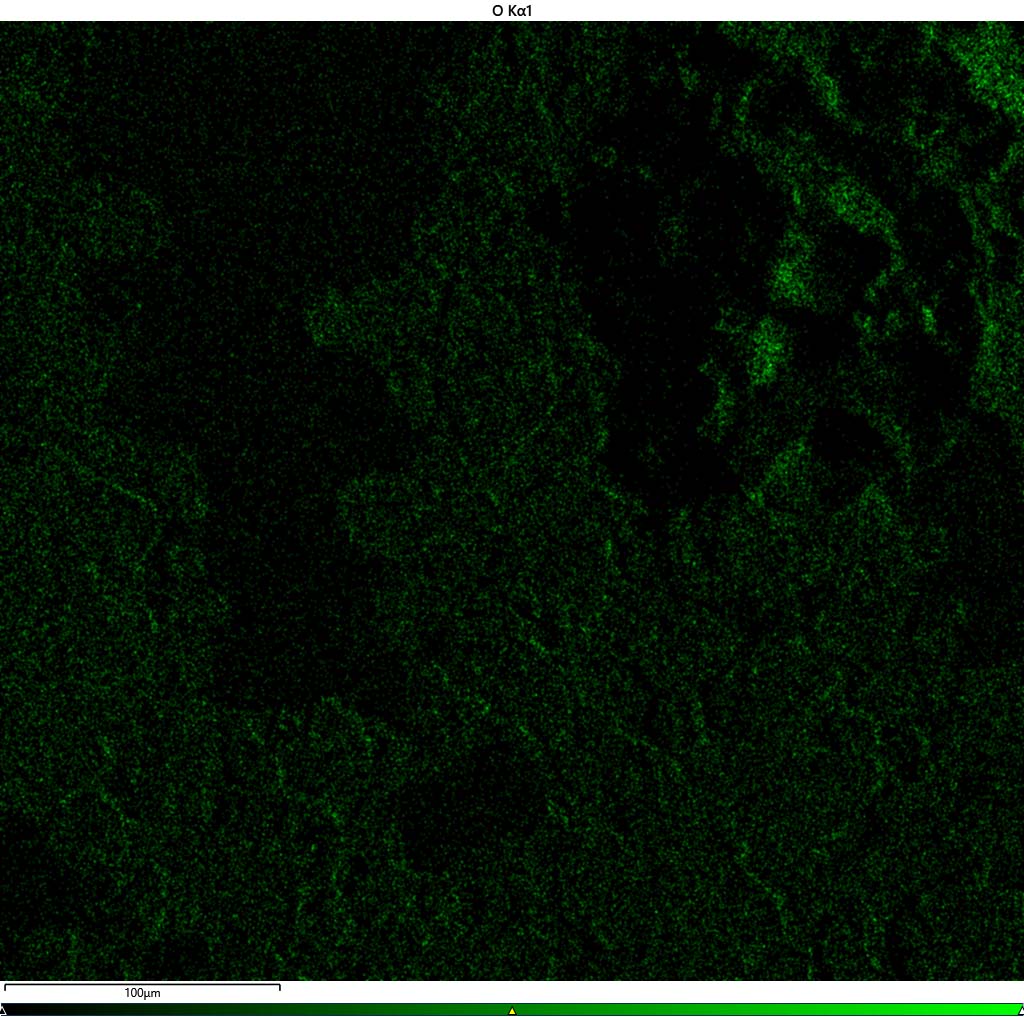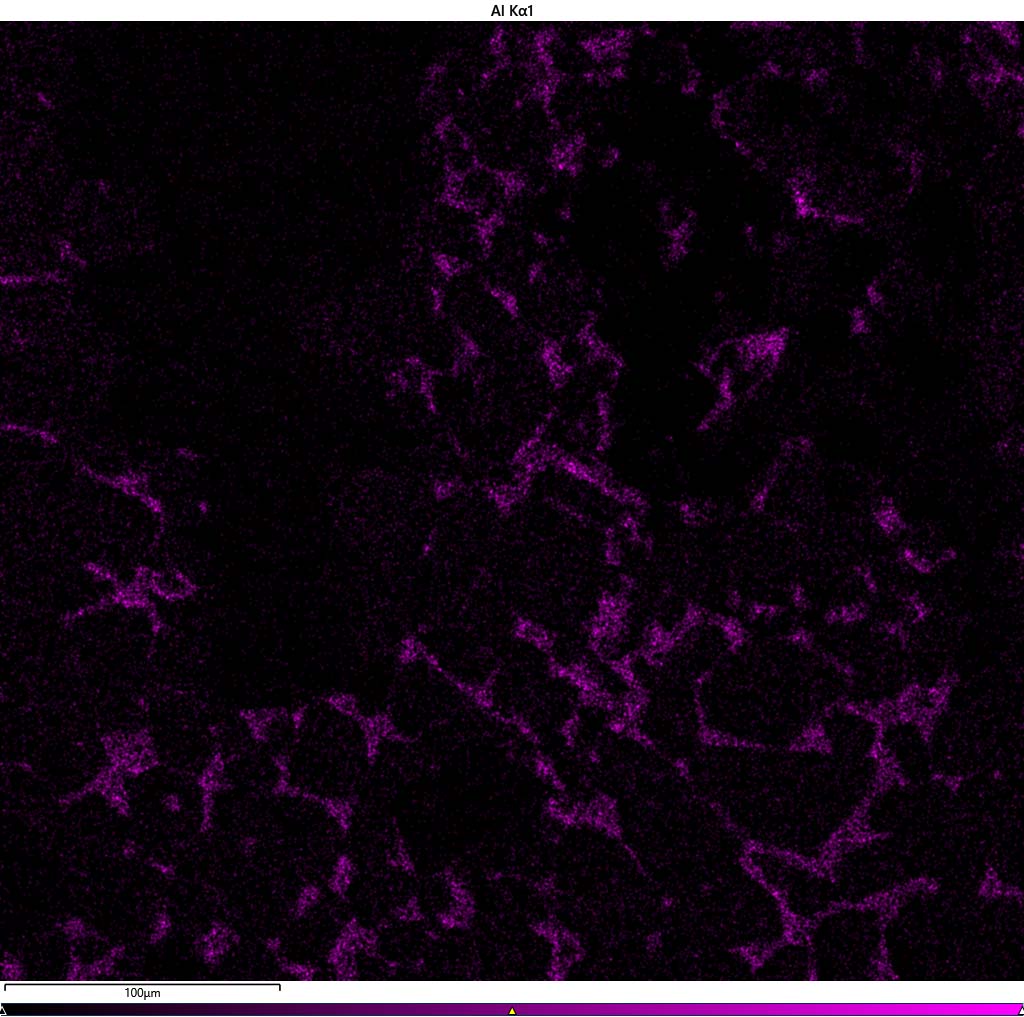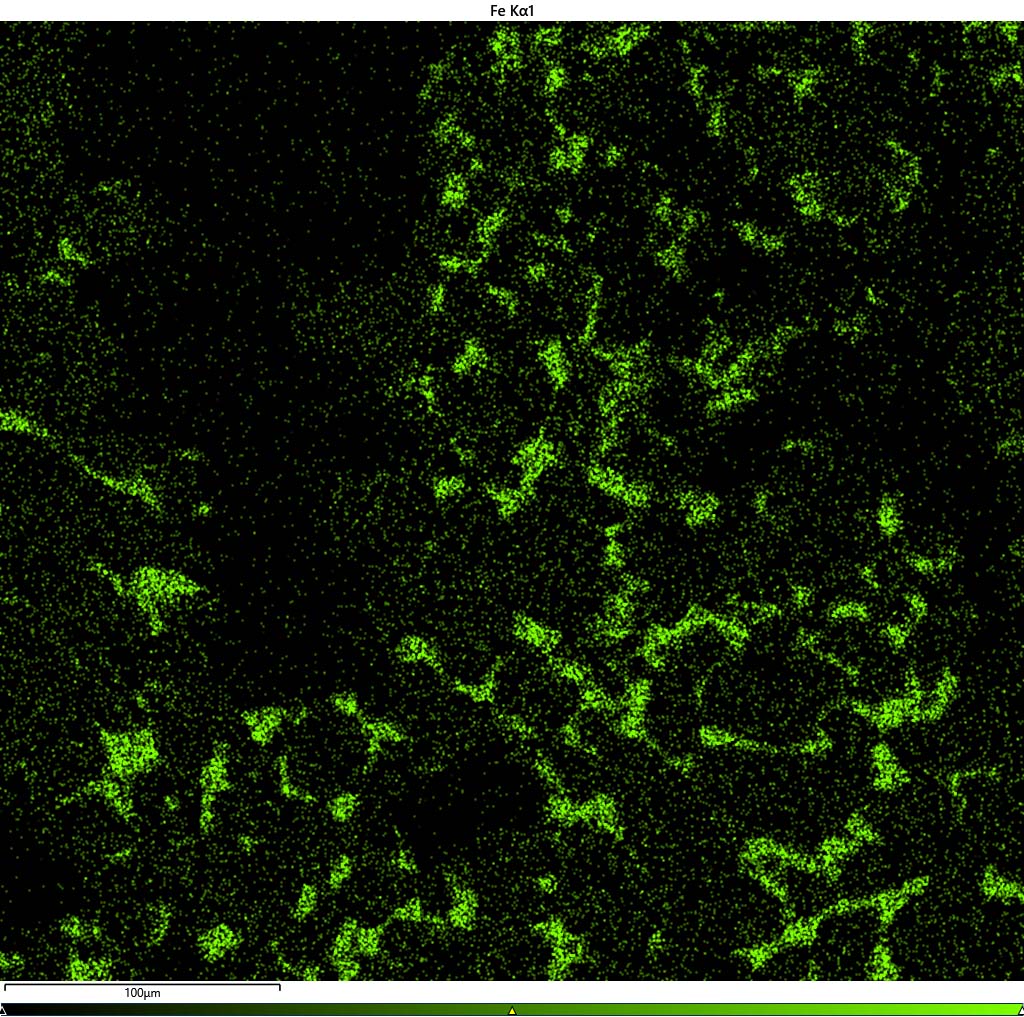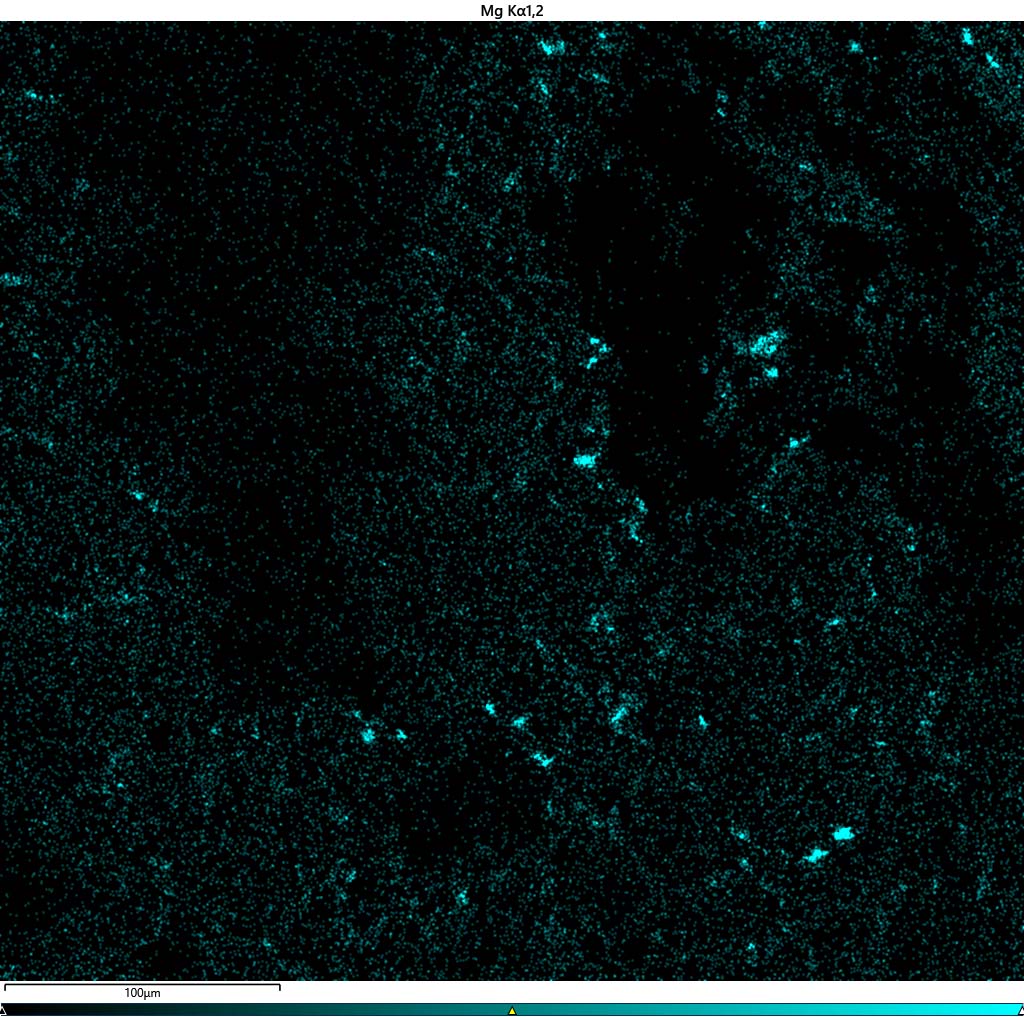
This article delves into an asphalt sample, conducting SEM and EDS analysis for a comprehensive understanding of its material and structure.
Introduction: The Rich History and Evolution of Asphalt
Asphalt, a vital component in contemporary road construction, boasts a legacy spanning thousands of years. From its origins in natural deposits to its transformation into engineered road surfaces, the evolution of asphalt reveals a captivating blend of nature and human innovation.
Exploring Asphalt Composition
In a quest to analyze the blacktop surface we use daily, our lab obtained an asphalt sample, complete with binders, stabilizers, and fillers. Using cutting-edge equipment, we meticulously encapsulated, cut, and polished the asphalt using precision tools like the Buehler EpoxiCure 2 epoxy, Buehler IsoMet High Speed Pro precision cutter, and Buehler AutoMet 250 polisher, leading to a detailed SEM and EDS analysis.
Insights from Optical Microscope Imagery
Next, we examined the polished surface using a Leica DM2700 M compound optical microscope with a Leica K5C digital CMOS camera. The resulting compound optical microscope images revealed a landscape of voids, coarse particles, and distinctive filler materials, illuminating the intricate asphalt structure.
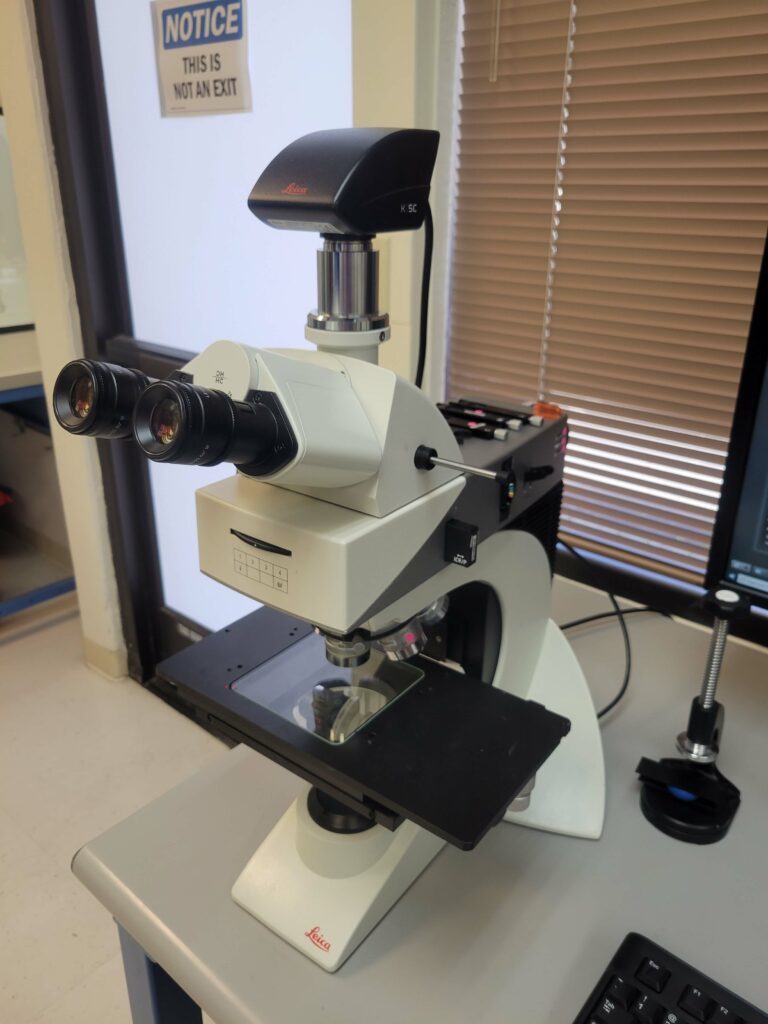
Compound Optical Microscope Images of the Cross-Sectioned Asphalt
SEM and EDS Analysis of Asphalt
Benchtop SEM Analysis
Taking the analysis a step further, we sputtered the polished asphalt with <5nm of AuPd and documented using a Coxem EM-30 benchtop scanning electron microscope (SEM) with an Oxford Xplore Compact 30 EDS detector. The resulting images offered a closer view of the cross-sectioned asphalt sample, with subsequent Energy Dispersive X-Ray Spectroscopy (EDS) revealing elemental maps and spectra, contributing to a comprehensive SEM and EDS analysis.
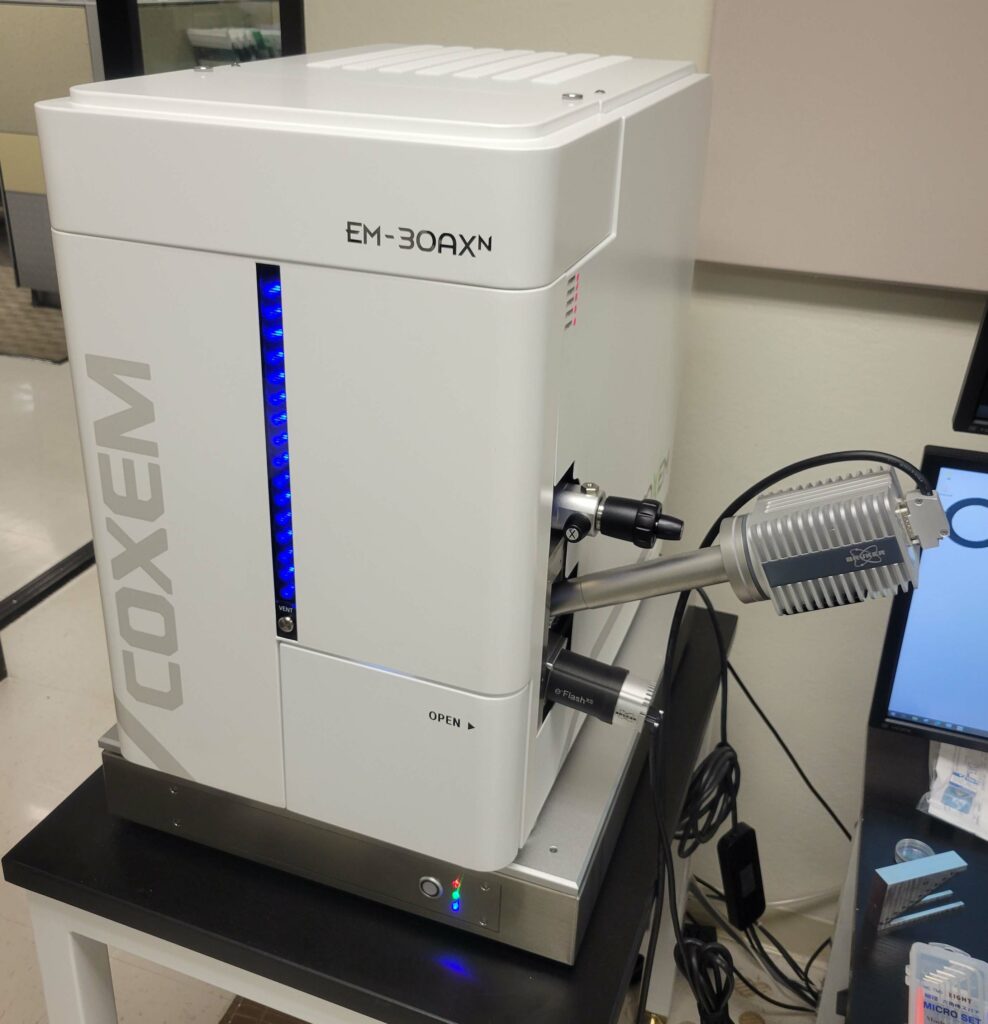
Benchtop SEM Images of the Cross-Sectioned Asphalt
Additional Images Captured by the Coxem EM-30 Benchtop SEM
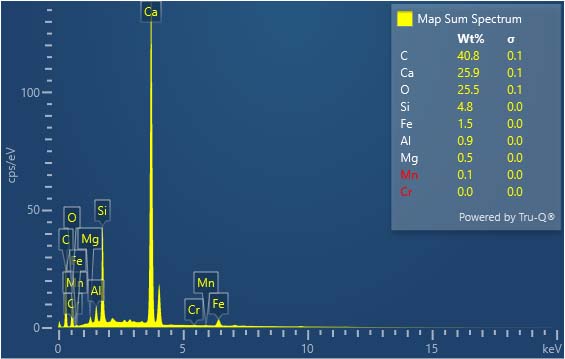
Understanding Asphalt’s Building Blocks
The EDS analysis uncovered a rich tapestry of elements, including carbon-rich bitumen, calcium silicates, aluminum oxide, iron oxide, and magnesium compounds. The Ca:Si ratio of 3:1 suggested the presence of tricalcium silicate (Ca3O5Si). However, it is likely that a combination of both tricalcium silicate and dicalcium silicate (Ca2SiO4) is responsible for the signal. These elements are key contributors to the material’s structural integrity. Additionally, the inclusion of aluminum and iron oxide enhances mechanical properties, while magnesium compounds bolster structural durability.
The Future of Asphalt: Groundbreaking Research
Bitumen and asphalt, pivotal in human history for 7,000 years, face modern challenges. Producing one mile of hot mix asphalt emits over 100kg of CO2, and it constitutes only ~10% of tar sands, requiring 56 cubic feet for a single barrel of bitumen.
As the environmental impact and petroleum depletion concerns prompt active research into low-carbon alternatives. Biologically formed binders, recycled materials, and innovative grid structures are emerging as potential game-changers, ushering in a future where asphalt aligns with sustainability goals.

